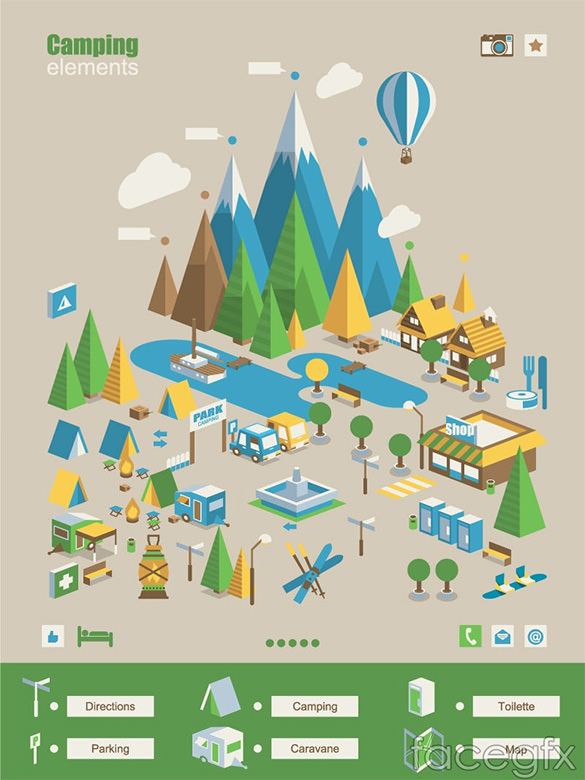The cone-shaped form of a bell tent makes it one of the most successful shelter designs in history. Understood by many names, including the Tipi, Chum, Goahti, Lavvu, or Nentsi, these single-pole cotton canvas tents were developed with functionality in mind.
How do you pack a bell tent?
Their simpleness and convenience of setting up made them suitable for cultures on the move. This exact same functionality caught the eye of recreational campers, who quickly included brief wall surfaces to develop a timeless outdoor tents layout that we now know as the Bell Tent.
Origins
Bell outdoors tents are an attempted and examined kind of instantaneous holiday accommodation. Their large insides and functional style-- they are durable, easy to set up and can withstand strong winds as a result of their legendary bell form-- have made them a prominent choice for camping and glamping.
The modern-day bell outdoor tents traces its origins back to a 19th century armed forces camping tent developed by Henry Sibley. He adapted the layout of the American Indian tipi to develop his special camping tent which was then adopted by the army for usage in armed forces camps and expeditions.
The principles of this tent-- sturdy and challenging canvas supplying a home-away-from-home for visitors-- have actually been improved gradually to fit the needs of modern campers. As an example, contemporary glamping camping tents offer amenities such as carpets and beds to enhance the convenience of campers. These functions additionally aid to preserve the integrity of the original layout and secure against the components.
Army Use
In the 19th century, bell tents were first made use of as armed forces field shelters. They were a preferred option because they were durable, sizable, and simple to set up. Today, these tents are prominent among campers and glampers for their stylish and sensible style.
They are also extensively utilized in military and rescue procedures, where fast deployment is vital. Their basic structure means that they can be established in a short amount of time, providing personnel even more time to concentrate on the mission handy.
The bell camping tent is usually made from a tough and weatherproof canvas, with a centre post that's supported by a collection of pegs. Duration prints show that these outdoors tents were formed more like a cone than a squat framework, and the walls were tiny in connection with the height of the facility pole. This permitted them to stand up to wind and rain. They were usually utilized by the ANZAC troops on their explorations across Europe and Gallipoli.
Glamping
Glamping is a contemporary exterior recreation that has come to be increasingly preferred. People from all profession are trying to find a way to take pleasure in the great outdoors comfortably and style. Whether it's an enchanting trip or a family members camping journey, a high quality outdoor tents can make all the difference.
A bell outdoor tents's round shape aids with stability in gusty conditions, while its sizable interior can suit many people. It is additionally easy to establish, requiring just a central pole and a conelike canvas roofing system that resolves into a vast base.
The bell camping tent was designed by Henry Hopkins Sibley, an US Military soldier who served on the Texas frontier in the 1850s. He took ideas from tipis he saw, and developed a style that was durable and easily portable. His outdoor tents was patented in 1856.
Contemporary Use
Today, bell outdoors tents are a staple in boutique camping websites, festival lodgings, and as elegant outside sanctuaries for weddings or resorts. Their fashionable, timeless styles mix tradition with modernity, making them a preferred amongst those searching for special and comfortable lodgings that are both cosmetically appealing and surprisingly simple to establish.
The modern bell camping tent traces its beginnings back to conventional camping tents made use of by nomadic tribes in Northern Europe, however experienced best camping gifts its prime time around the 19th century when canvas replaced animal hides as the main product. This adjustment, combined with a functional layout that prioritizes headroom, saw the introduction of a preferred military field sanctuary and, later, the iconic camping tent we understand as the bell.
In the 1850s, a United States Army soldier named Henry Hopkins Sibley produced the initial modern-day bell tent. Drawing motivation from the tipis he had actually seen on the Texas frontier, his new tent used a solitary main post and vents to create a structure that was both long lasting and conveniently mobile.
How many people does a 5m Bell Tent sleep?
